Households accessing Electricity

931.552
2.629.673
Cows provided to poor families

297.230
451.612

4.109
31.444
Revenues

374$ MIllion
620$ Million
LIFE EXPECTANCY

IMYAKA 66,6
IMYAKA 69,6
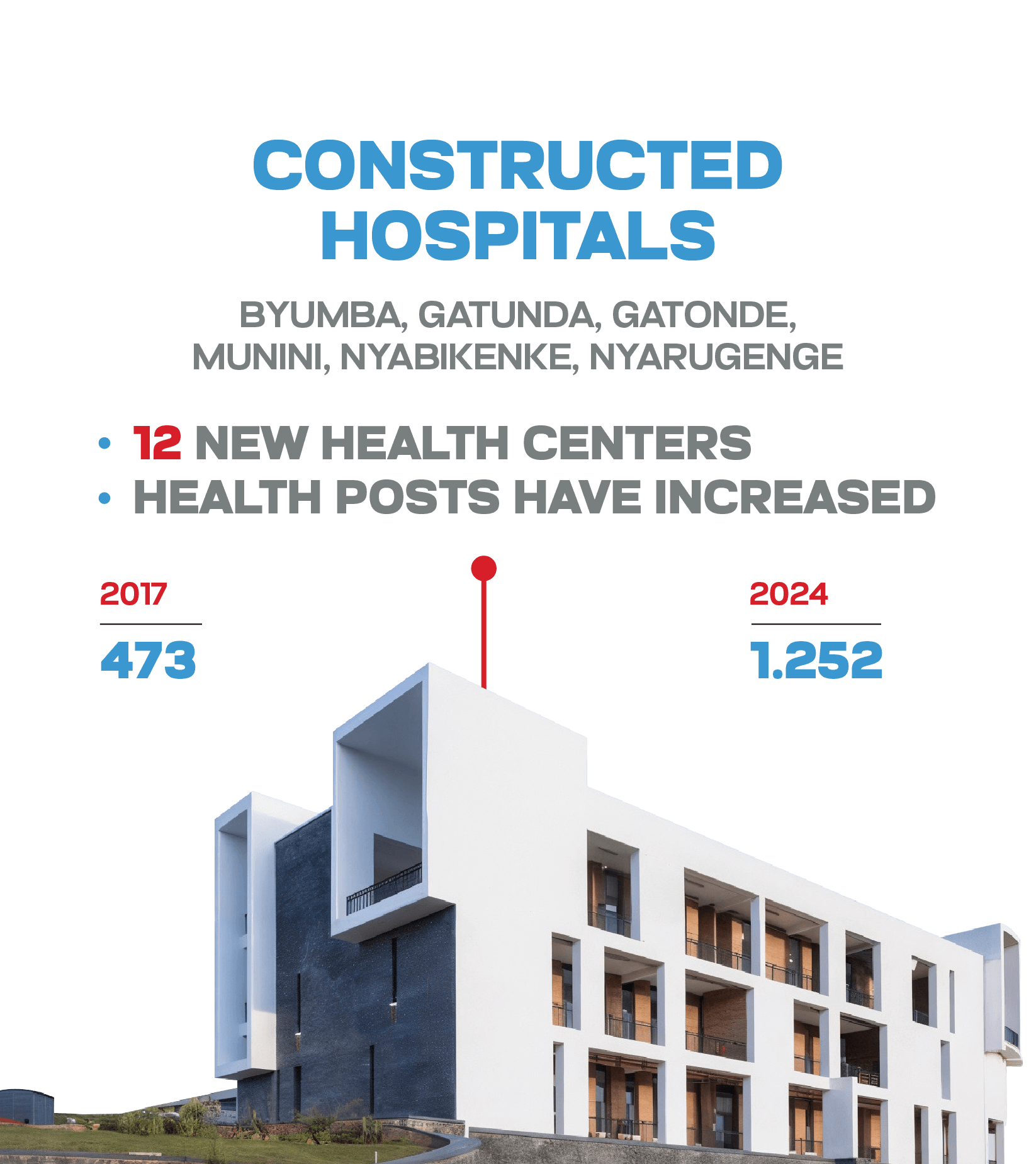
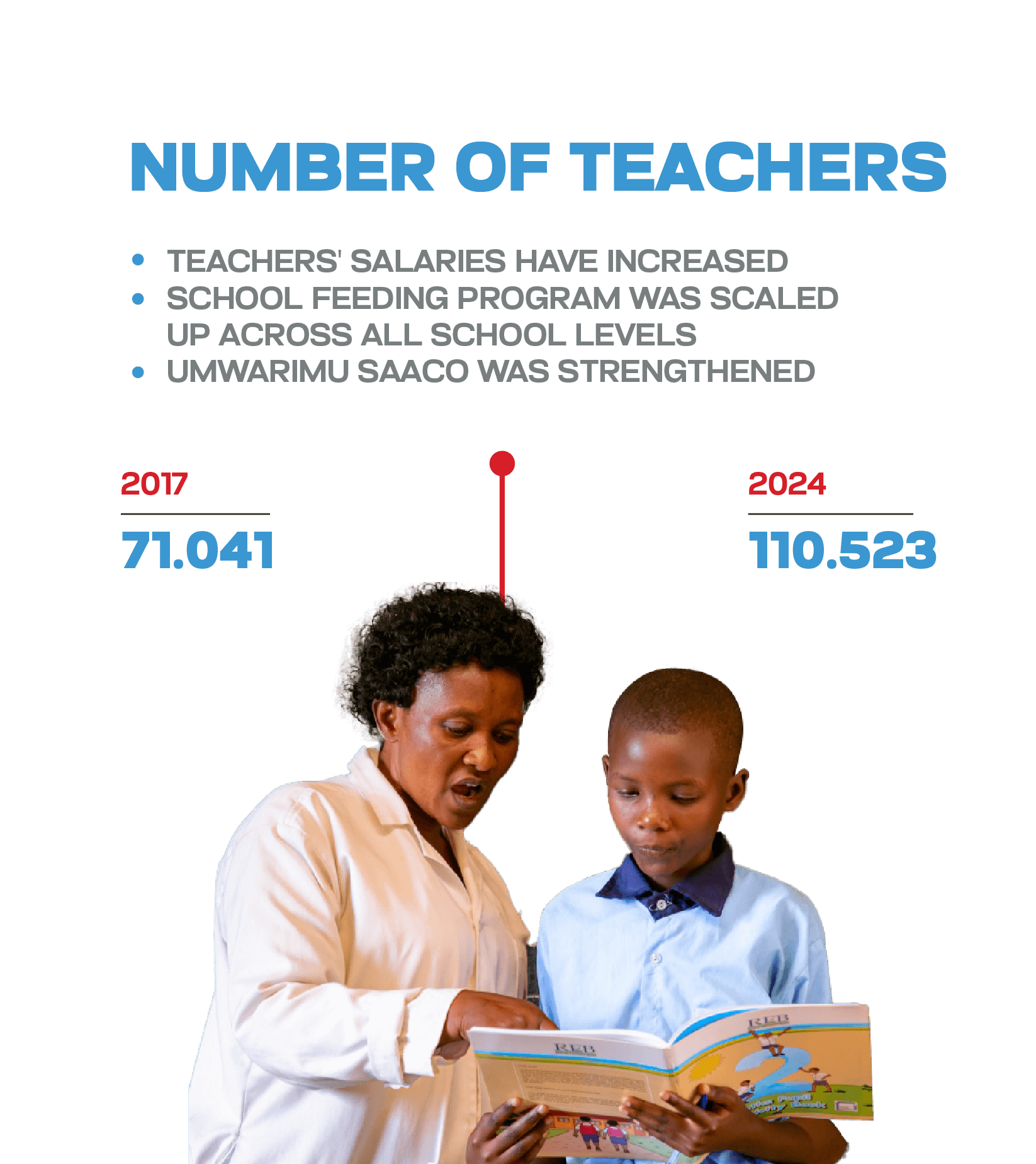

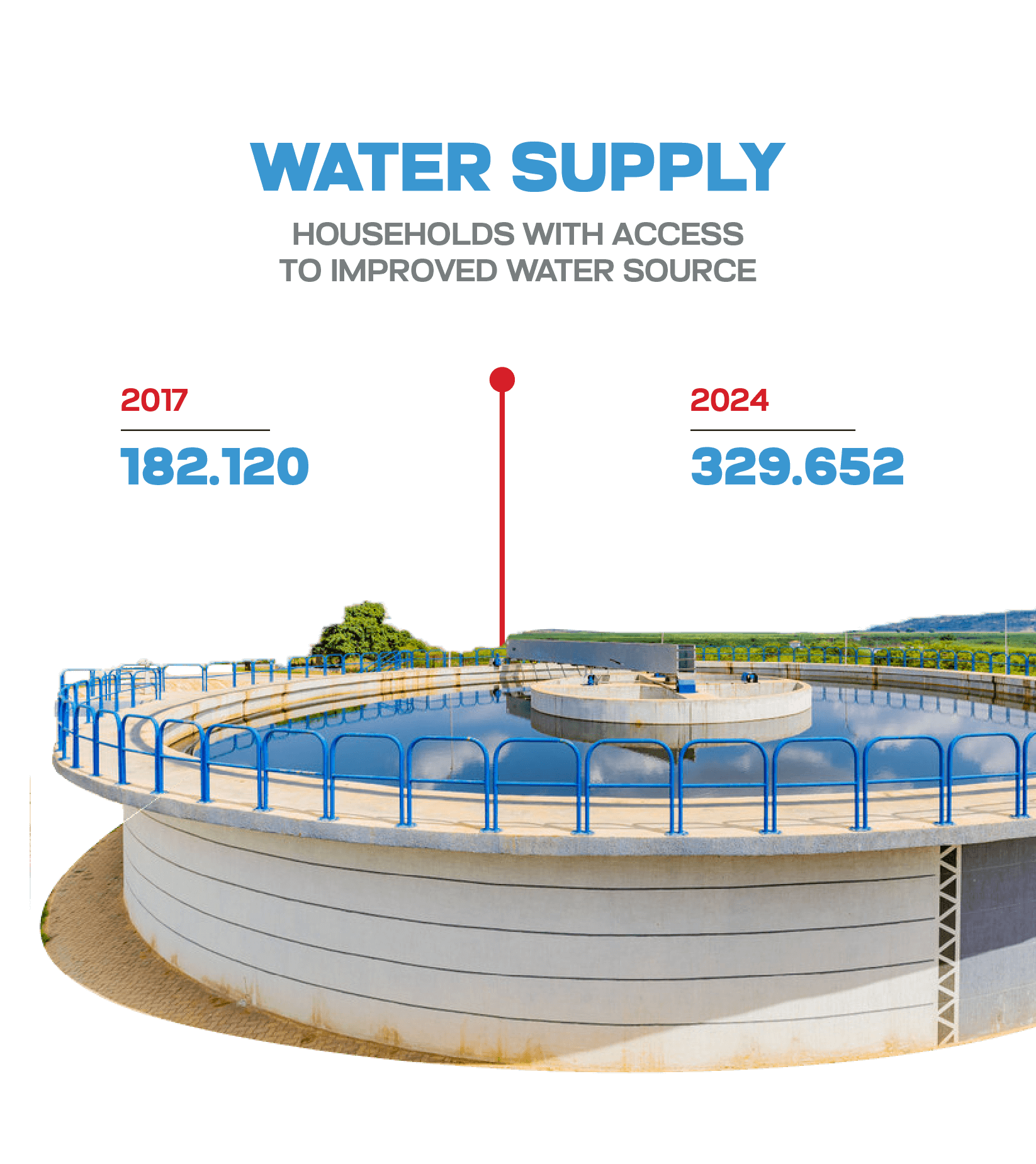
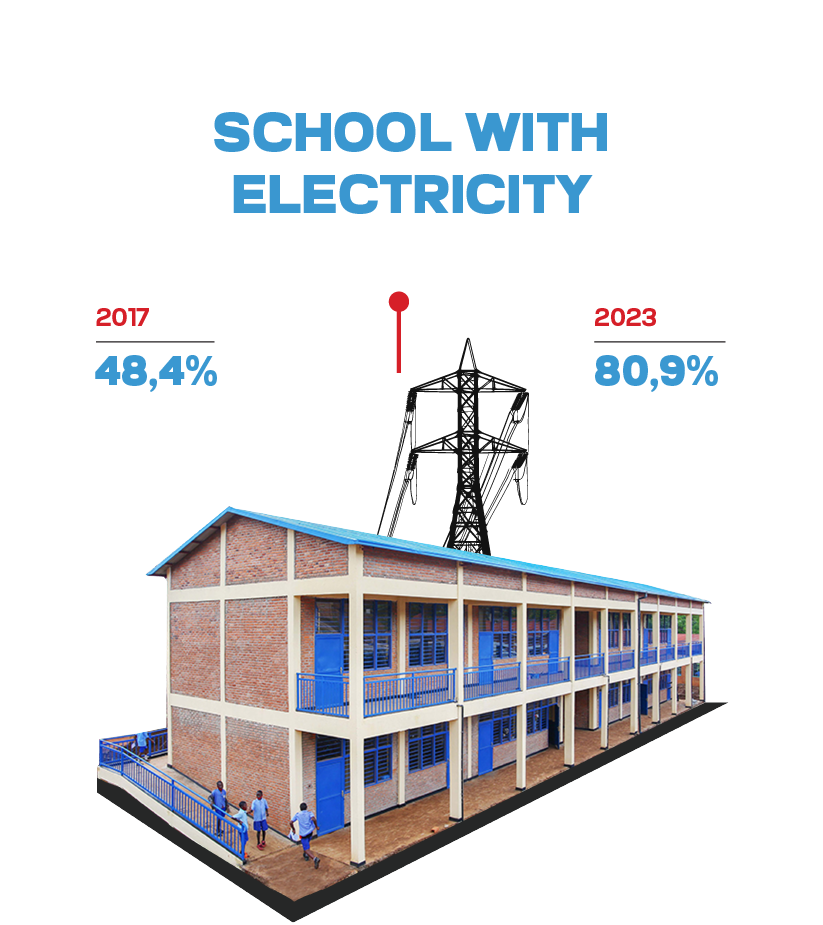
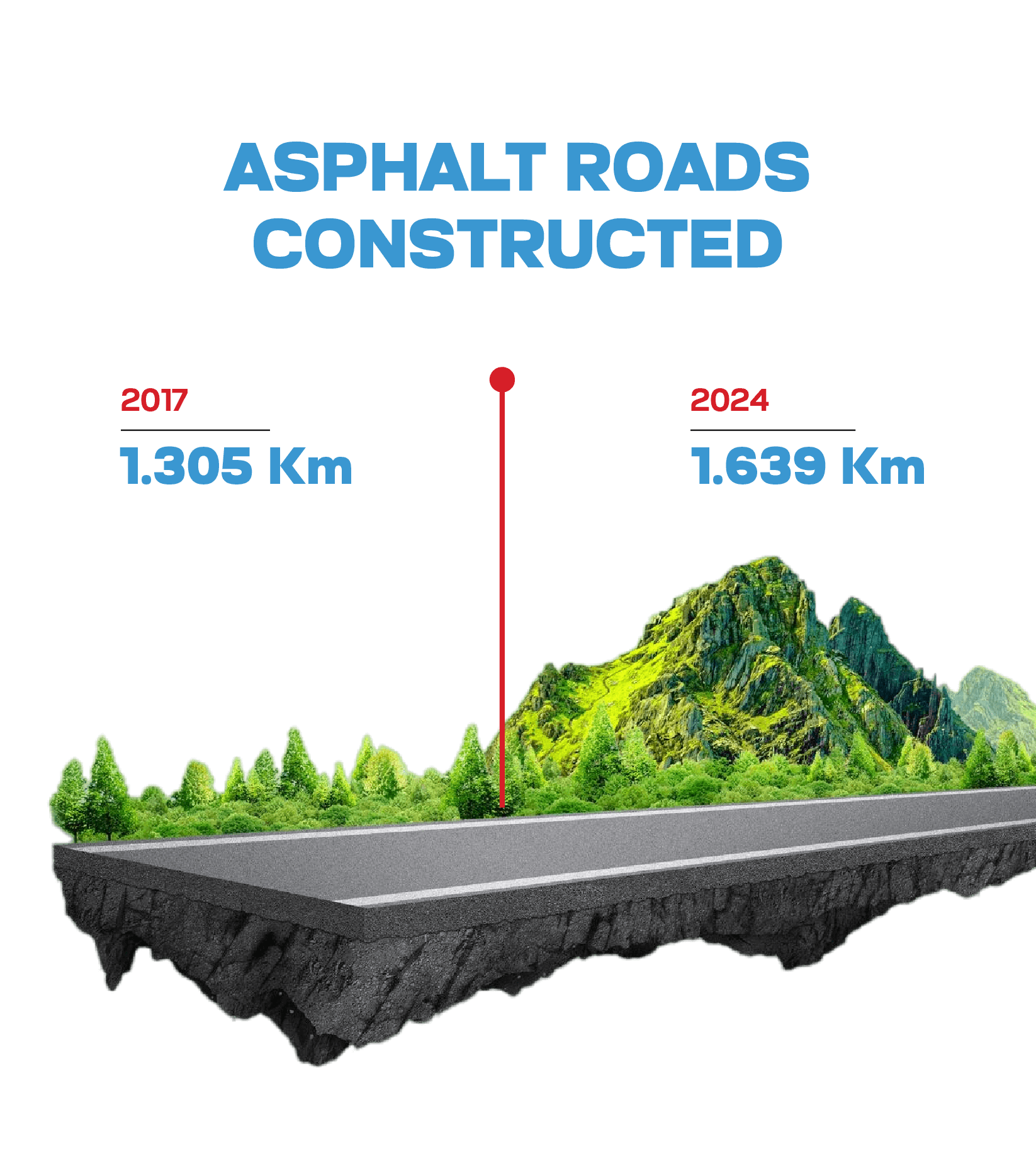
Displaced Tutsis from various countries formed the Rwandese Alliance for National Unity (RANU). This organization later evolved into the Rwandan Patriotic Front (FPR-Inkotanyi) in 1987, marking a significant step towards unification and resistance.
The sudden death of King Mutara III Rudahigwa in 1959 under suspicious circumstances in Burundi marked the beginning of a tumultuous period for the Tutsi people. Over the next three decades, Tutsis faced severe hardships, including expulsion, murder, and denial of education and employment opportunities, both within Rwanda and in exile.
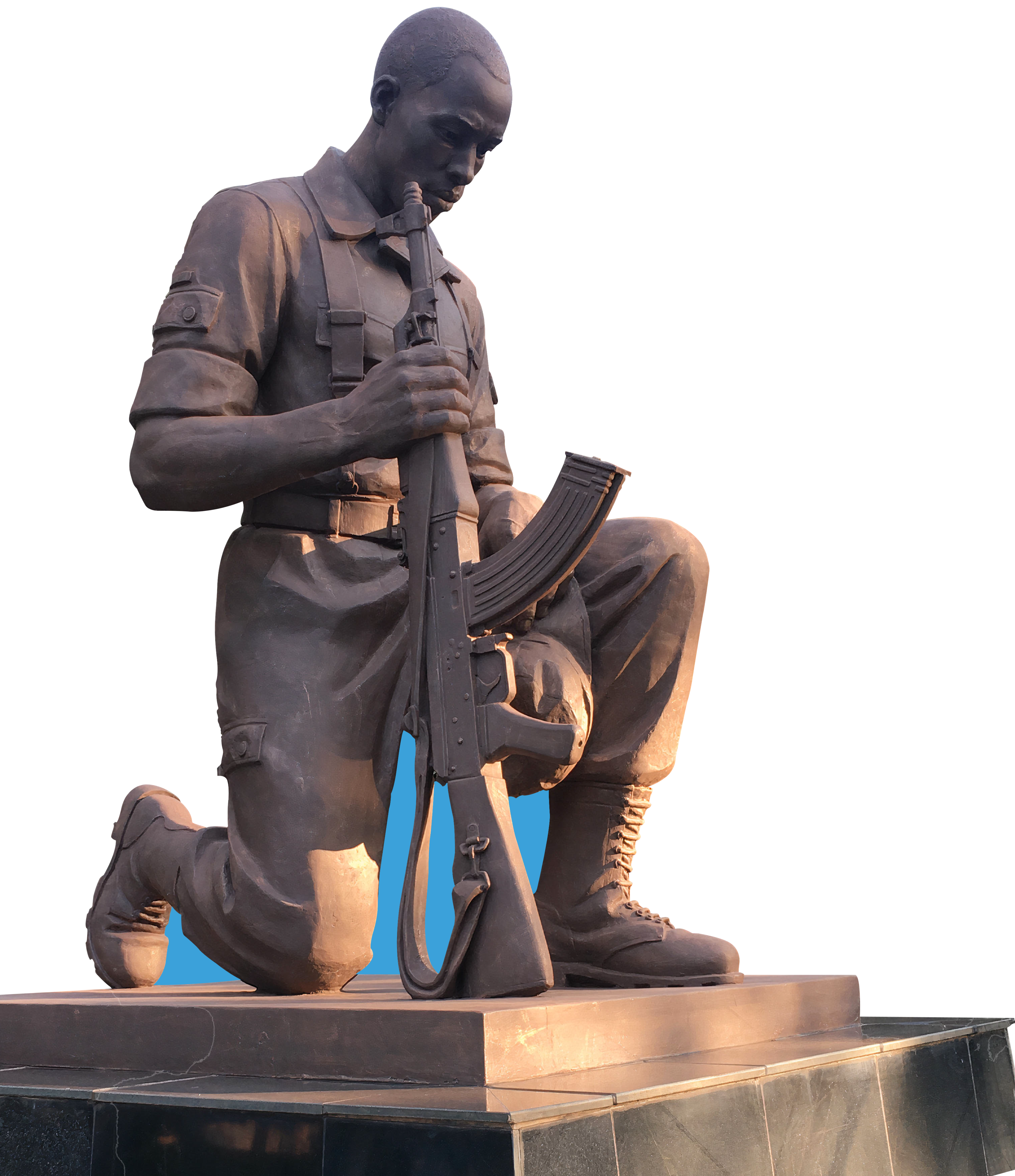
In response to the oppressive regime in Rwanda, the FPR-Inkotanyi initiated an Armed Liberation Struggle in 1990, aiming to end the apartheid-like dictatorship and address the injustices faced by Tutsis, including the refusal to allow refugees to return home.
Under mounting pressure from the FPR-Inkotanyi’s advances, the Habyarimana government entered into negotiations, leading to the talks on September 11, 1991, in Nsele-Gbadolite. This culminated in the signing of the Arusha Peace Accords on August 4, 1993, between the Rwandan government and the FPR-Inkotanyi.

Despite the peace accords, the Rwandan government, backed by certain European powers, initiated a genocide against the Tutsis. The FPR-Inkotanyi shifted their focus from liberation to stopping the genocide and rescuing their people. The assassination of President Juvenal Habyarimana on April 6th, 1994, escalated the violence, leading to the targeted killings of Tutsis across Rwanda.
In a span of 100 days, over a million Tutsis were massacred. The FPR-Inkotanyi’s armed wing took control of Kigali on July 4th, effectively halting the genocide. A Government of National Unity was established, led by President Pasteur Bizimungu, which included parties not involved in the genocide. In 2000, President Bizimungu resigned, and Paul Kagame was elected as the president of the transitional government. Under his leadership, Rwanda experienced significant socio-economic and political progress, solidifying peace, stability, and social cohesion.
Vision 2020 was a development program initiated by the Rwandan government with the aim of transforming Rwanda into a knowledge-based middle-income country, by the year 2020.
This development program was launched by H.E. President Kagame in 2000 and it was to focus on several key areas to drive the country’s economic and social development.
Vision 2020 was ambitious, aiming to reduce poverty, increase GDP per capita, and ensure high standards of living for the population. By 2020, Rwanda had made significant progress in various sectors, achieving substantial economic growth, and improvements in healthcare, education, and infrastructure, however some goals remained a work in progress.
+250 788 305 814
+250 789 141 444
+250 788 402 615